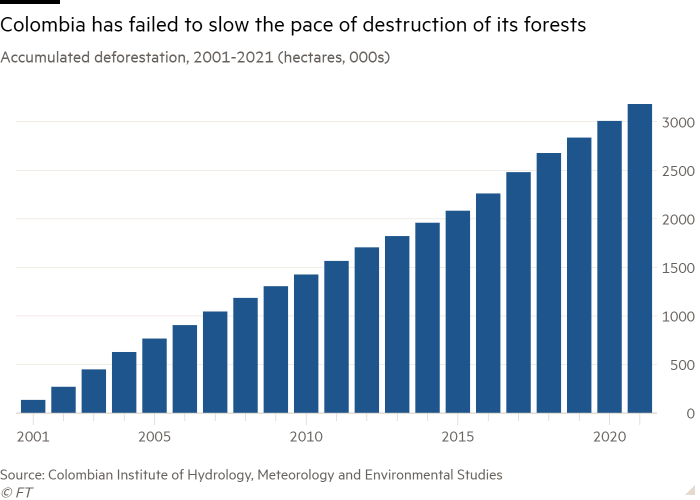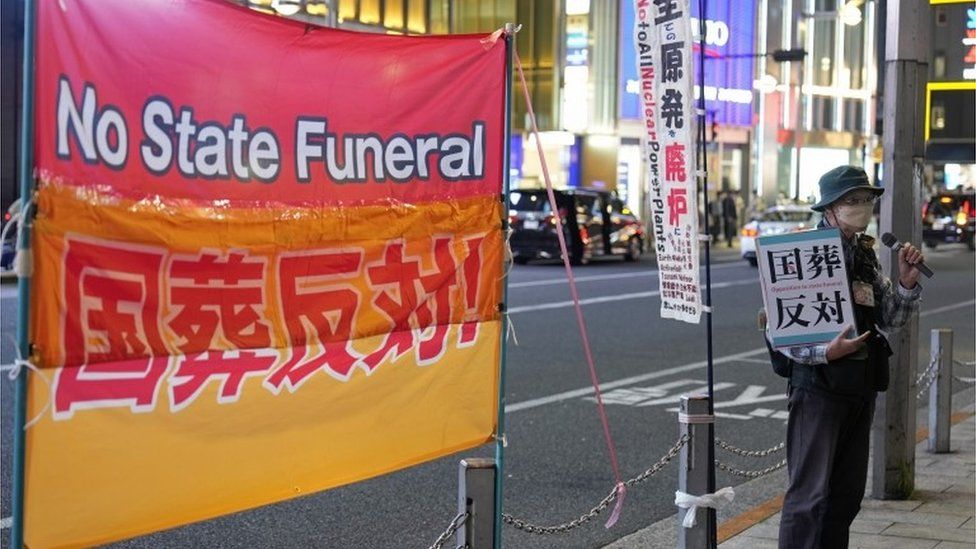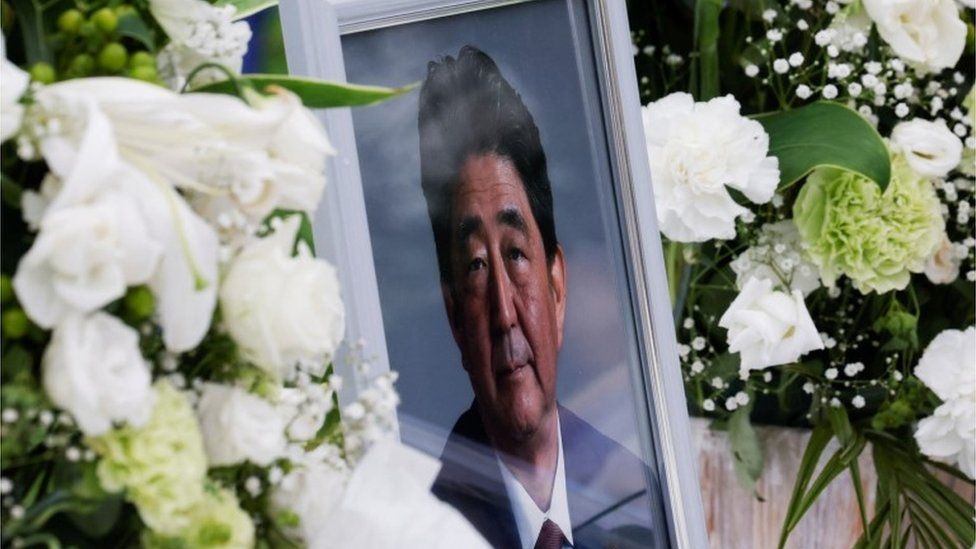Capitalism is bad for your health: study

When supporters of capitalism claim that capitalism is an effective economic system, they often will begin by disputing capitalism's dual legacies of environmental destruction and inefficiency before arguing that capitalism leads to widespread prosperity. To support that last point, capitalists may cite a popular graph developed by the World Bank economist Martin Ravallion. At first glance it seems unremarkable, showing nothing but a straight diagonal line that plummets down. Upon further analysis, however, the Ravallion graph purports to prove that the global percentage of humans living in extreme poverty fell from roughly 90% in 1820 to roughly 10% in the early 21st century.
"The social dislocation associated with capitalism was so severe that, as of the most recent year of data, in many countries key welfare indicators remain lower than they were hundreds of years ago."
The Ravallion graph has gone viral since its inception, having been promoted by capitalists and capitalism sympathizers from Bill Gates to Steven Pinker. Yet despite its popularity, a new study in the journal World Development argues that the Ravallion graph's premise is fundamentally flawed — and, more importantly, that for the last 500 years unregulated capitalism has consistently worsened rather than improved living conditions.
The study — which was led by co-authors Dr. Dylan Sullivan of Macquarie University in Australia and Dr. Jason Hickel of Autonomous University of Barcelona and the London School of Economics and Political Science — concludes that extreme poverty was uncommon throughout history except when there were external causes of severe economic and social dislocation. Indeed, the rise of capitalism half a millennium ago led to a sharp uptick in human beings living below subsistence levels. When mass conditions began to improve around the turn of the 20th century, it was because of political movements that threw off colonialist regimes and used the government to redistribute wealth.
Sullivan and Hickel also pointedly critique the Ravillion graph, which Sullivan told Salon by email "suffers from several empirical flaws." By estimating poverty incomes with historical data about gross domestic product (GDP), the graph overlooks the suffering that occurs when people lose access to resources that they need but did not previously obtain as commodities. "If a forest is enclosed for timber, or subsistence farms are razed and replaced with cotton plantations, GDP goes up," Sullivan pointed out. "But this tells us nothing about what local communities lose in terms of their use of that forest or their access to food." In addition, the study relied on the World Bank's definition of the poverty line as being $1.90 purchasing power parity (PPP) per day, even though poverty is best assessed by determining whether wages are high enough and prices are affordable enough that the masses have easy access to essential goods like housing, food and fuel. Finally, Sullivan and Hickel criticize the graph for only going as far back as 1820, even though the current system of global capitalism began in the late 15th and early 16th centuries.
That last criticism explains why, for their paper, Sullivan and Hickel started with the dawn of modern capitalism in the late 15th and early 16th centuries. The scholars' research then spanned all over the globe while focusing on three data points linked to human welfare — real wages, height and mortality.
"Thankfully, we were able to draw on the invaluable work of economic historians, who have painstakingly gathered historical data on real wages, human height, and mortality rates over several centuries," Sullivan wrote to Salon. Analyzing the data, Sullivan and Hickel found that any region of the world which developed a capitalist economic system — defined here as an economic system global in scale and that is predicated on what Sullivan described as "the ceaseless accumulation of private wealth" — soon suffered from a sharp decline in living standards for the masses.
"Everywhere capital goes, it leaves a footprint on the empirical indicators of human welfare," Sullivan told Salon. "The social dislocation associated with capitalism was so severe that, as of the most recent year of data, in many countries key welfare indicators remain lower than they were hundreds of years ago." As of the 2000s, an unskilled Mexican wage laborer earned on average 23% less than that person would have earned in 1700. Meanwhile, on the other side of the globe, real wages in India in the 2000s are lower than they had been more than 400 years earlier — in 1595.
There are documented physical consequences to this historic poverty. In Tanzania, heights were 0.67 inches lower in the 1980s than the 1880s. In Peru, a man born in the 1990s is on average 1.5 inches shorter than a man born in the 1750s. In the European nations of France, Germany, Italy and Poland, the average adult male height fluctuated wildly depending on whether the prevailing capitalist system provided for enough basic needs — which was often not the case. As such, Germans and Poles born in the 16th century were much taller than those born in the 1850s, and conditions (and height) did not improve until the 20th century.
"After the Chinese Communist Revolution in 1949, wages, height, and life expectancy improved rapidly. This is because the new government invested in public health care, education, and the universal distribution of food."
Indeed, in every region of the world — the study looked at Europe, China, South Asia, Latin America and sub-Saharan Africa — the trend was the same: Capitalism led to declining standards of living, and only improved when progressive social movements implemented necessary reforms.
"Life expectancy is higher today everywhere than it was in the past, and infant mortality lower," Hickel wrote to Salon, attributing this progress primarily to improvements in quality and ease of access to healthcare, vaccines, public sanitation and other important goods that improve human health and previously did not exist. As a result, despite capitalism's negative effect on human welfare, in most areas of the world today standards of living are much better than they were prior to capitalism — although this is not universally the case.
"It's true that there are several cases in the global South where wages and/or heights have not recovered from the immiseration they suffered during the process of integration into the capitalist world-system," Hickel acknowledged. He pointed to India, where extreme poverty is worse than it was several centuries ago and 1 billion people live on wages that are no more effective at purchasing food and goods than the wages of a 16th century laborer. At the same time, Hickel distinguished these examples "from quality of life in a more general sense." In regions of the world that have redistributed wealth and shed the shackles of colonialism, human welfare has vastly improved.
"Capitalists' opposition has always delayed and often destroyed working class efforts to improve their circumstances. The claimed improvements, when real, occurred despite and against capitalist's efforts, not because of them."
"It is not only Western Europe that has experienced progress," Sullivan explained. "After the Chinese Communist Revolution in 1949, wages, height, and life expectancy improved rapidly. This is because the new government invested in public health care, education, and the universal distribution of food." Latin American wages and heights improved in the mid-20th century when political leaders in those nations began to focus on industrialization, Sullivan added, and during that same period living conditions improved in sub-Saharan Africa when anti-colonial leaders like the Congo's Patrice Lumumba and Ghana's Kwame Nkrumah successfully fought for the rights of poor people. Conditions began to worsen in these regions in the 1980s and 1990s, however, when the World Bank and International Monetary Fund (IMF) began forcing countries to cut their social spending, deregulate their markets and privatize assets previously owned by the government.
This last development perhaps explains why, when Sullivan was asked about polices that could eliminate poverty, he started by suggesting that the World Bank and IMF be democratized. "In addition, we can establish universal public provisioning systems so that everyone can afford food, health care, and education," Sullivan added. "We can ensure all people's basic needs are met through a global universal basic income. And we can guarantee employment, as a basic right, in publicly owned enterprises. The history of the 20th century shows us that socialist policies like these can greatly improve human welfare."
Dr. Richard D. Wolff, professor emeritus of economics at the University of Massachusetts Amherst and an expert on capitalism, responded in writing to a Salon inquiry about the new study by elaborating on exactly how capitalism as a system has led to a reduction in overall quality of life.
"Capitalist employers from the system's beginning to this present moment have striven mightily to oppose wage increases, improved job conditions, tax-based public services and all other mechanisms to improve living standards," Wolff explained. "Capitalists' opposition has always delayed and often destroyed working class efforts to improve their circumstances. The claimed improvements, when real, occurred despite and against capitalist's efforts, not because of them."







